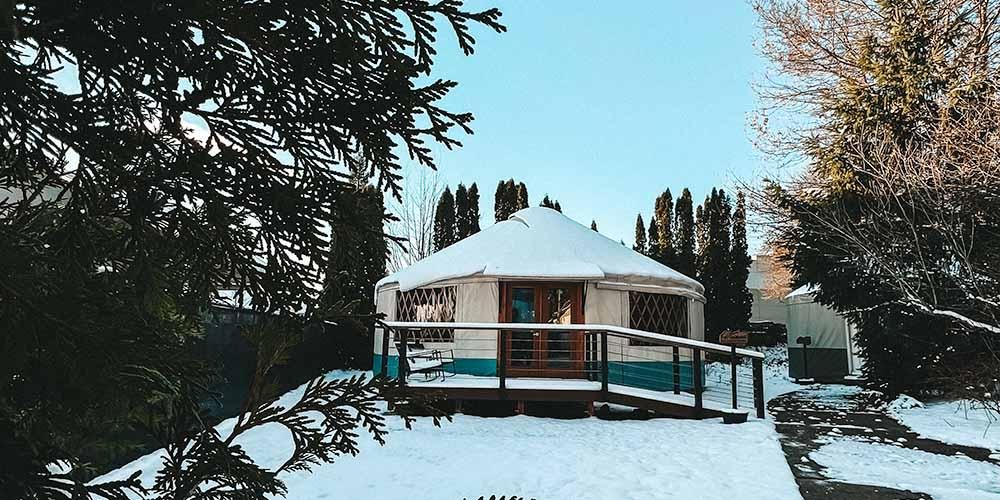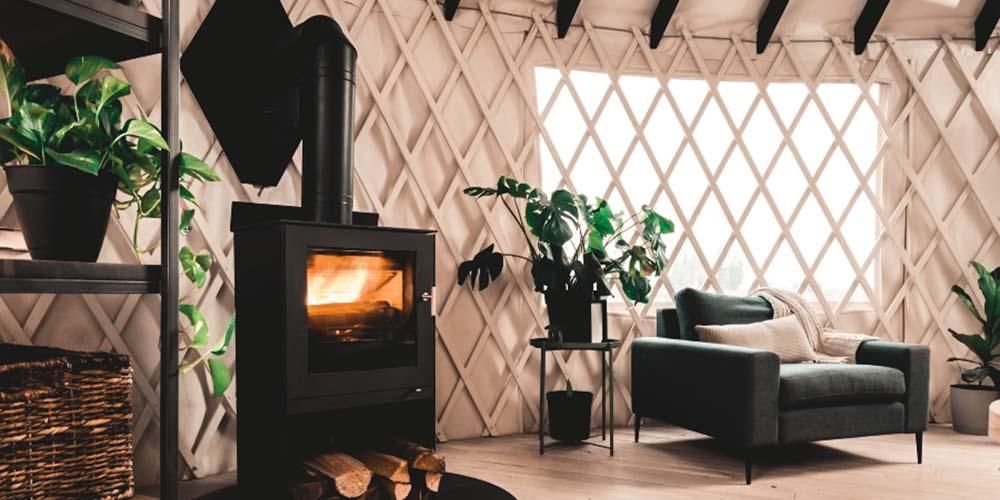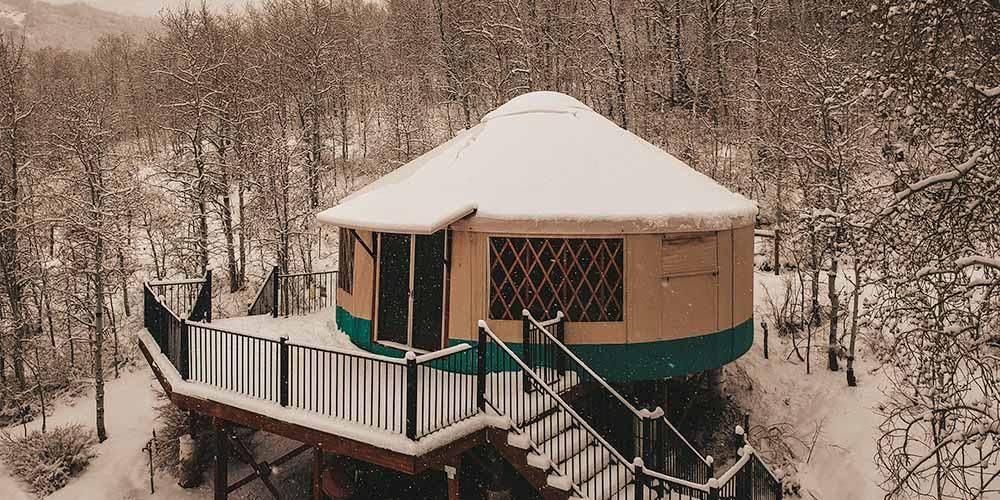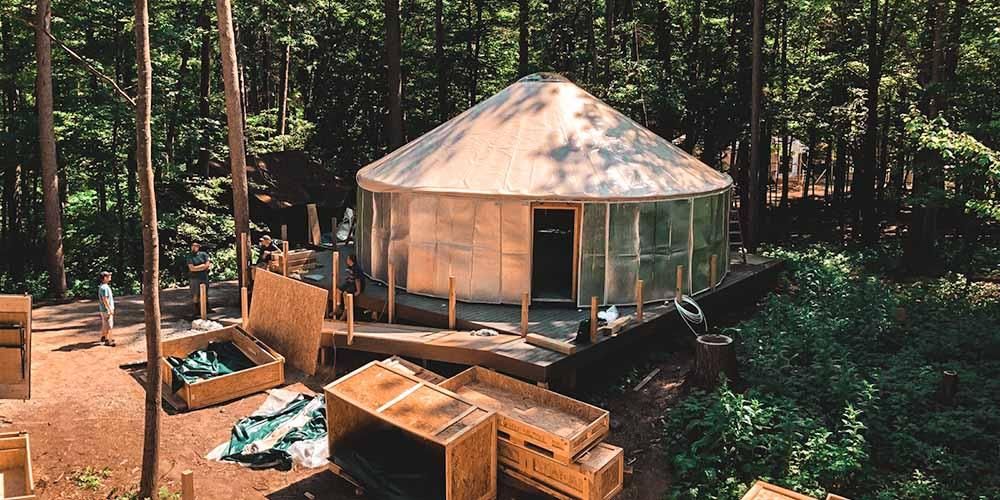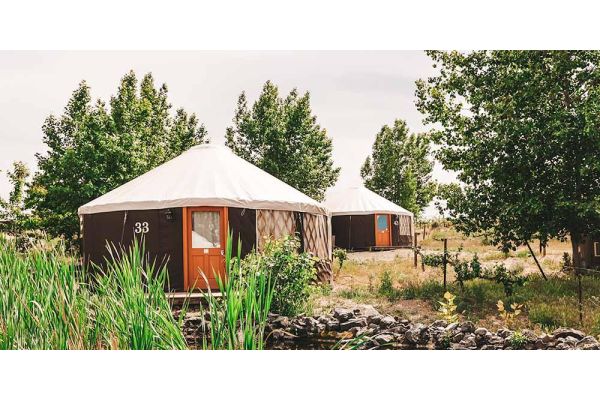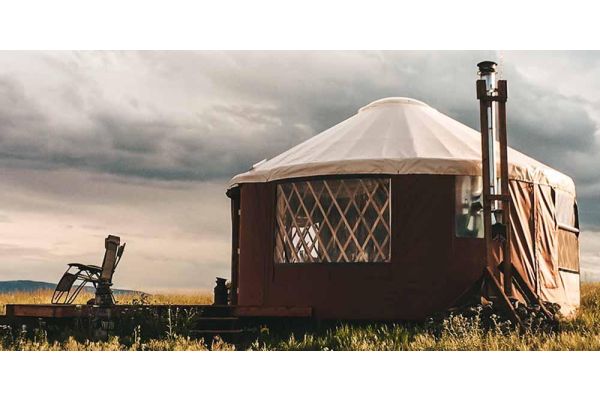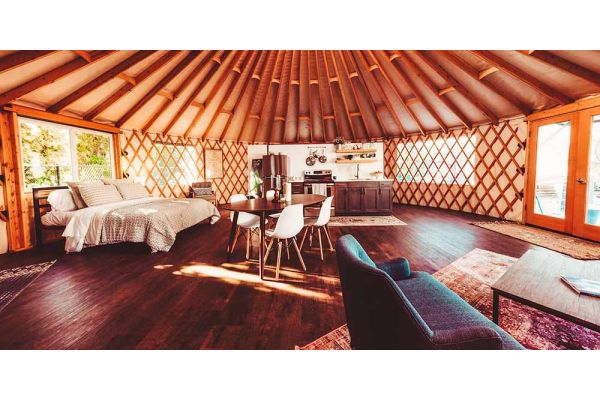Let's Talk Heating Your Yurt
I'm so happy to share with you today another post from Ron Friedman of Sol Solutions. If you haven't already, check out his previous post on solar generators for yurt dwellers! He's created another super helpful, informative post, this time on radiant heat for your Rainier Yurt.
What is most valuable to yurt dwellers is space. Every square foot is precious. When you start thinking about heating systems, we all think of boilers or furnaces or woodstoves that take up room and require wall or roof penetrations.
But there are now solutions that do not impact your design and comfort criteria and you will not have to cut any holes in your yurt.
The solution is in radiant heating systems that can be integrated into the floor or with strategically placed panel radiators powered by a tankless electric radiant heater. If you have gas or propane, there are alternatives to the electric systems, but they don't have the bells and whistles or the efficiency that these systems do.
Let's start with the Supergreen electric tankless radiant heater. We need to first determine the heat loss of your yurt. (Rainier’s yurt girl can help you with this.)
Once you know the BTU requirements of your structure, you can select the appropriate Supergreen model. Model choices are the RH350 which provides 23,844 BTUs, the RH450 at 30,708 BTUs, the RH650 at 47,768 BTUs, and the largest unit available, the RH850 which offers 61,416 BTUs per hour.
For this example, we'll look at the 450 models at 30,708 BTUs per hour. Check to make sure you have enough power coming into the yurt. The RH 450 model specifies 9kw/40 amp and 240 volts 50/60hz. Most yurts will easily be heated by this model. A few key points to remember, the Supergreen only needs to heat a little bit of water or glycol for the system. It heats the fluid quicker than any other heater due to the far infrared technology and quartz tubes hidden inside. It uses less and less energy through self-modulation.
You can select an in-the-floor system, a panel radiator (panel rad) system, or a hybrid that combines both.
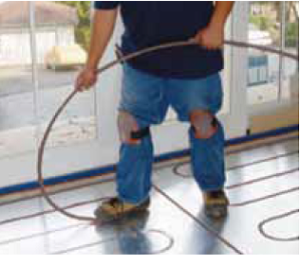

The in-the-floor system is very slick. You could put it in a slab below your yurt, or Hydronic Alternatives provides a thermal board with pre-machined channels for the piping that gets run back and forth in loops. The design criteria tell us how many feet or loops of tubing we need. You place the thermal board on the subfloor connecting it with glue and screws. Then you walk in the tubing. Next, you add your finished flooring as specified by Hydronic Alternatives.
This is a closed-loop system, meaning the water is heated, flows through the system, then back to the heater. Pretty simple!
But what if the water is still hot when it gets back to the heater? Remember, Supergreen modulates and uses quartz tubes and far infrared technology. That means it senses the water temperature, it knows exactly how much energy is required to get it back to the preset requirement. The tubes are zero maintenance, and minerals will not affect them.
In addition, Hydronic Alternatives offers a valve that senses the temperature remaining in the tube and sends it back around without even going back into the heater if the fluid is still hot enough.
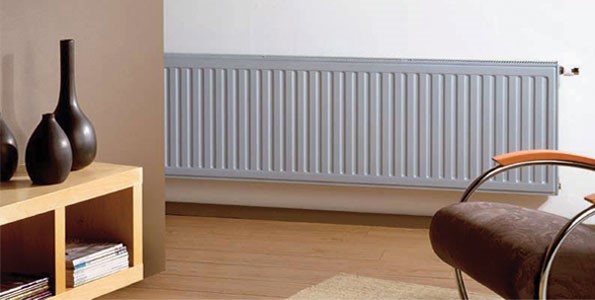

Now let's imagine that you still need to capture more BTUs from the system. You can add panel radiators in various shapes and sizes, and these have individual controls on them. Floor mounts or wall mounts are possible. If you want to control the heat flow, all you have to do is turn the dial.
But what about that need for a little European flare – say, a hot towel warmer? You can see the little knob in the picture below towards the bottom right. If you need to adjust, just pull and turn. The rate of flow will change the BTUs delivered to that location.
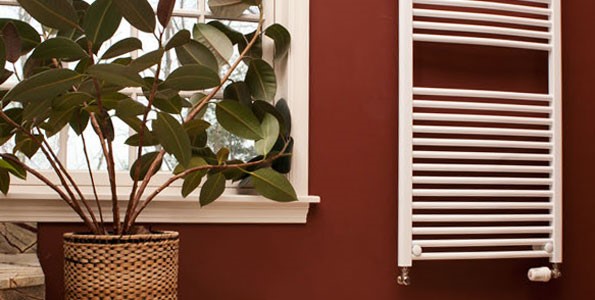

You also have automatic sensors that keep the yurt comfortable. If you want to get more creative and use of straight walls or under cabinet space, Hydronic Alternatives also provides a cove molding-like solution. It provides both radiant and convective heat and looks just like baseboard heating systems. There are just no fins, just a feed and return line.
These systems are zero maintenance. The Supergreen RH models have a 4-year warranty. There is no mineral buildup that will destroy metal heating elements. The quartz used in Supergreen is high tech it will not degrade. And the technology allows for the quickest heating times available. With these two systems, your yurt heating system should easily be less than $2,000!
Stay warm!
Ron Friedman
Design 4 Energy
Ronjf1@gmail.com
312-857-3793

